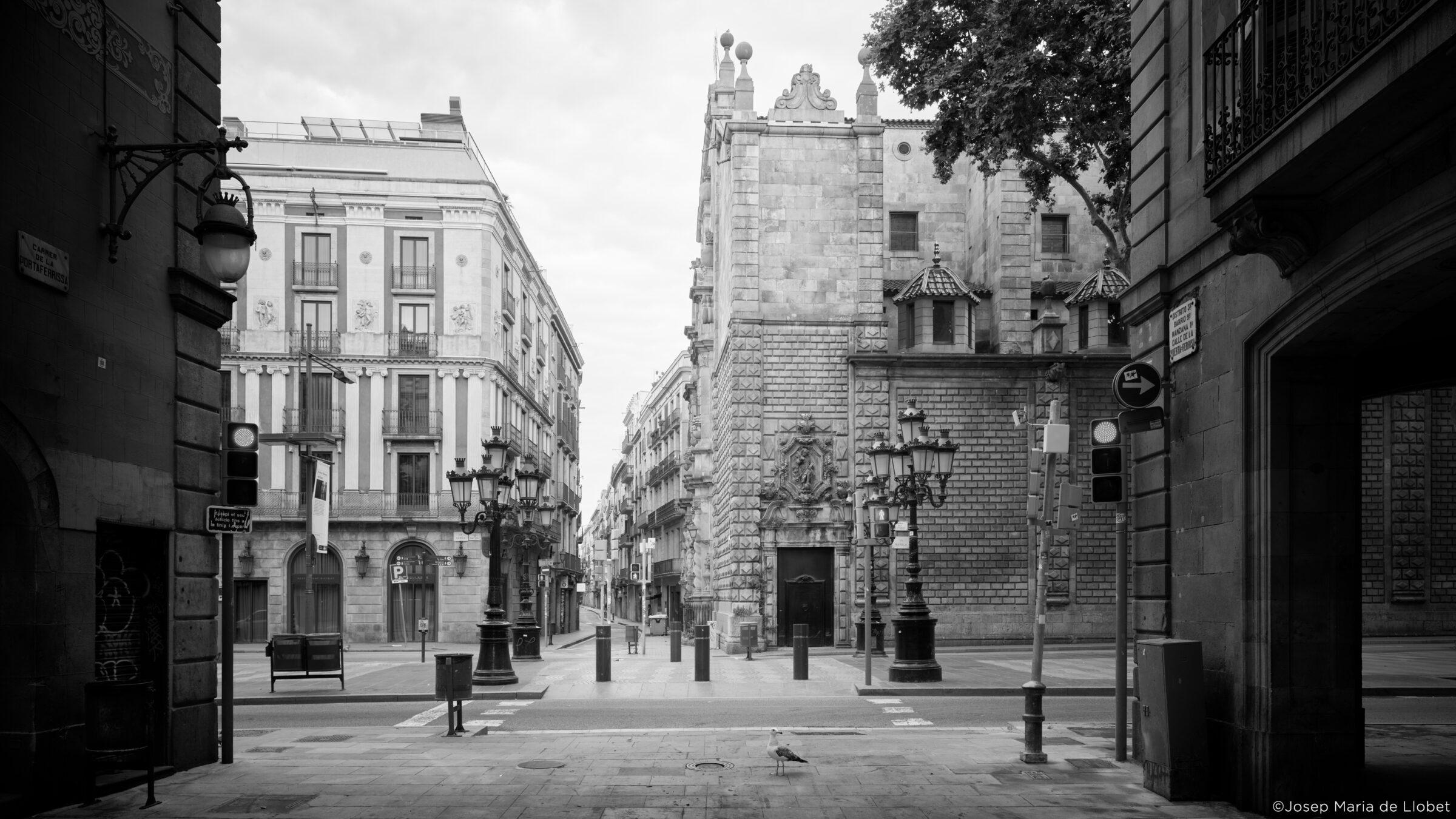Josep Maria de Llobet was born in 1973 in Barcelona, where he currently lives. Graduated in Law for the Universitat Autònoma de Barcelona, he combined those studies with photography studies at the Institut d’Estudis Fotogràfics de Catalunya (IEFC) where he now works as a professor. He also collaborates with the University by giving workshops in several architecture schools in Barcelona, Girona or the IASAP-BV program from the University of Illinois.
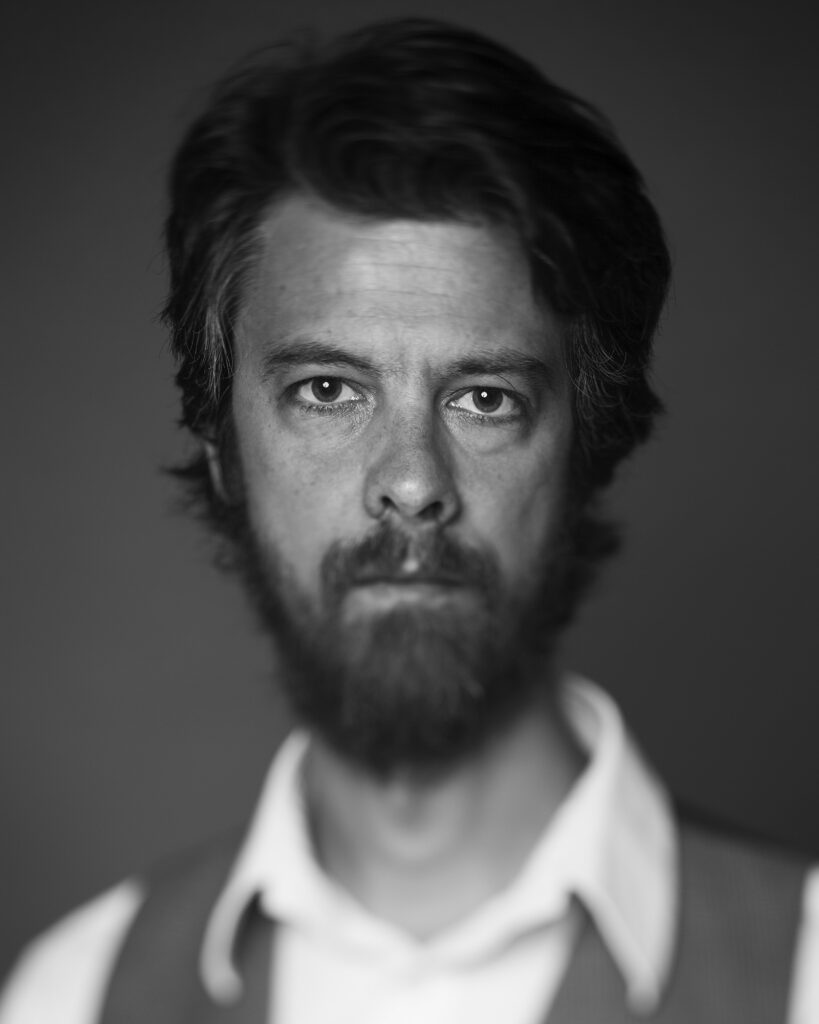
His artworks are part of the National Photography Collection of the Generalitat de Catalunya, Museum of Contemporary Art of Barcelona (MACBA), the Art Collection of Banc de Sabadell and the The University of Illinois, Urbana-Champaign Library Collection.
His photographic work tries to create visual documents using an artistic language that allows him to reflect on social reality with a contemporary point of view. He focuses on urban landscape and architecture, using images as a visual reconstruction material of his enviroment.
He has carried out large-format photographic installations in emblematic spaces such as the Modelo Prison in Barcelona, and exhibited in photography festivals (DOCfield, Revela-T) and galleries from Spain and France. He has published in national and international media and has participated as a jury in various photographic contests. He has also been invited as a speaker at congresses and festivals. His beginnings as a professional photographer are linked to advertising, although his interest in the architectural space and the urban territory have led him to collaborate more and more assiduously with architecture and urban planning studios, museums and public and private institutions.
He is a member of Photographic Social Vision and also co-founder and publisher of Ediciones Posibles, an independent publishing house.
RAMBLA
The Rambla of Barcelona, like so many places colonized by mass tourism, is the memory of a mythologized space. The visitor breaks through a fiction where reality seems to be the decoration of a stage where nothing more happens than the tourist activity itself. Neighbours no longer have anything to do there, so they only cross it when it is essential. Meanwhile, the rest of Barcelona people no longer “ramble”.
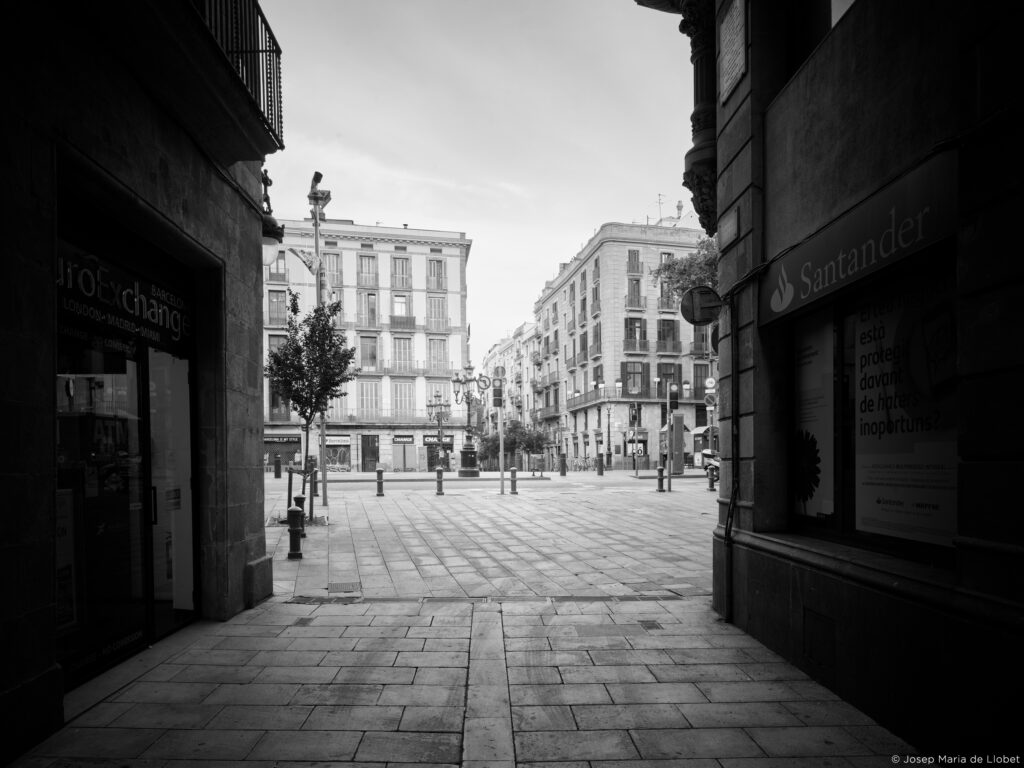
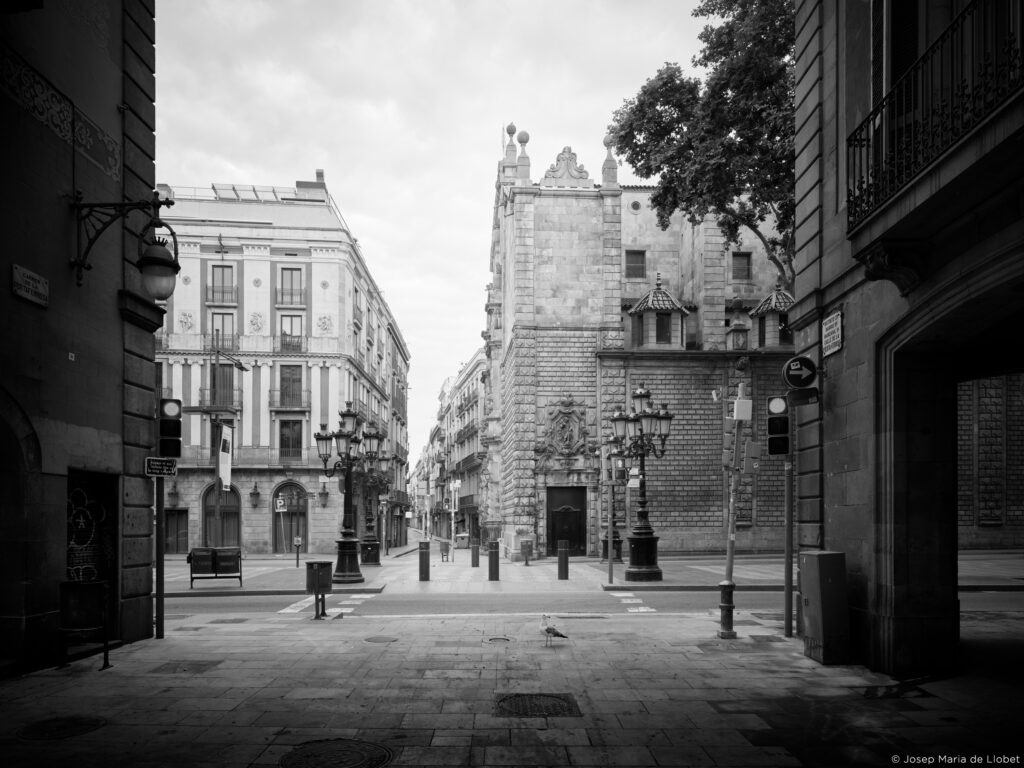
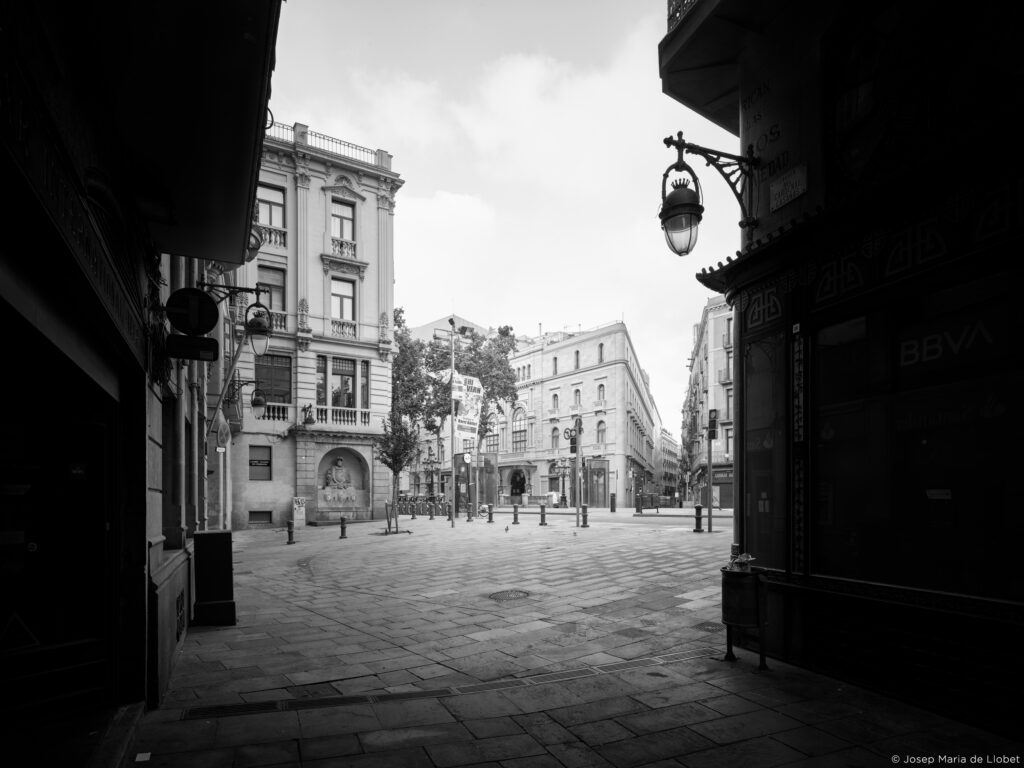
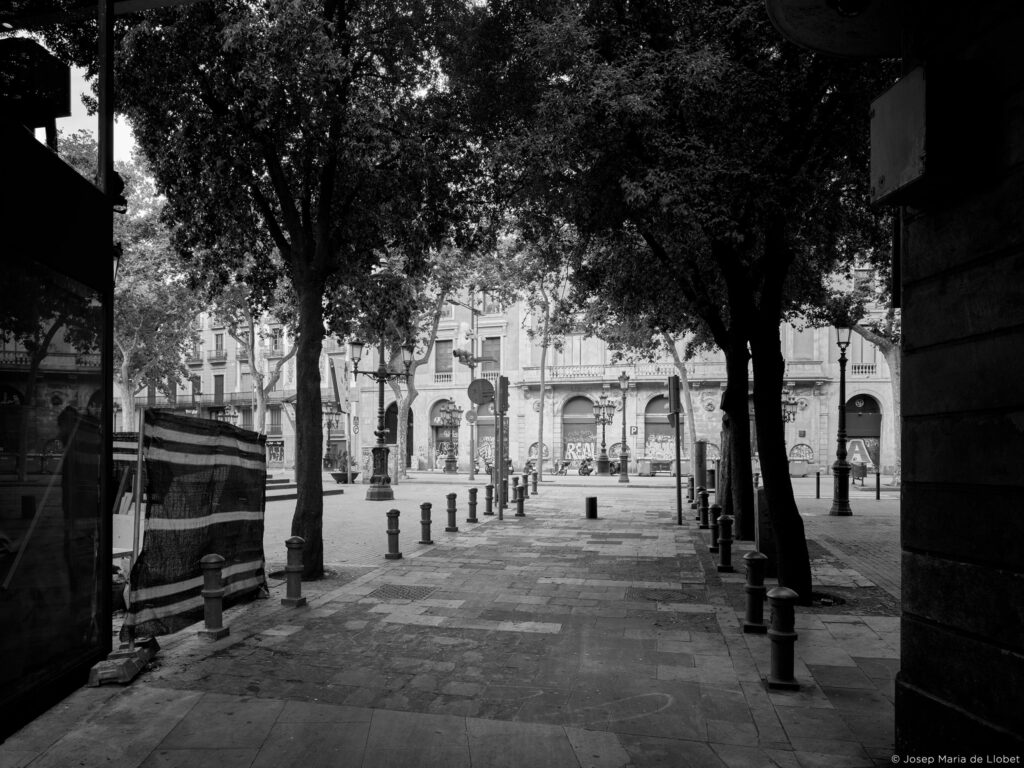
RAMBLA is a photographic project developed on an exceptional situation of confinement of the population, in which streets were empty and frontiers were closed. In this context I propose a visual restitution of the most emblematic street in Barcelona. The Rambla was usually a crowded street, full of tourists at any time and considered a hostile space by a large part of townspeople.
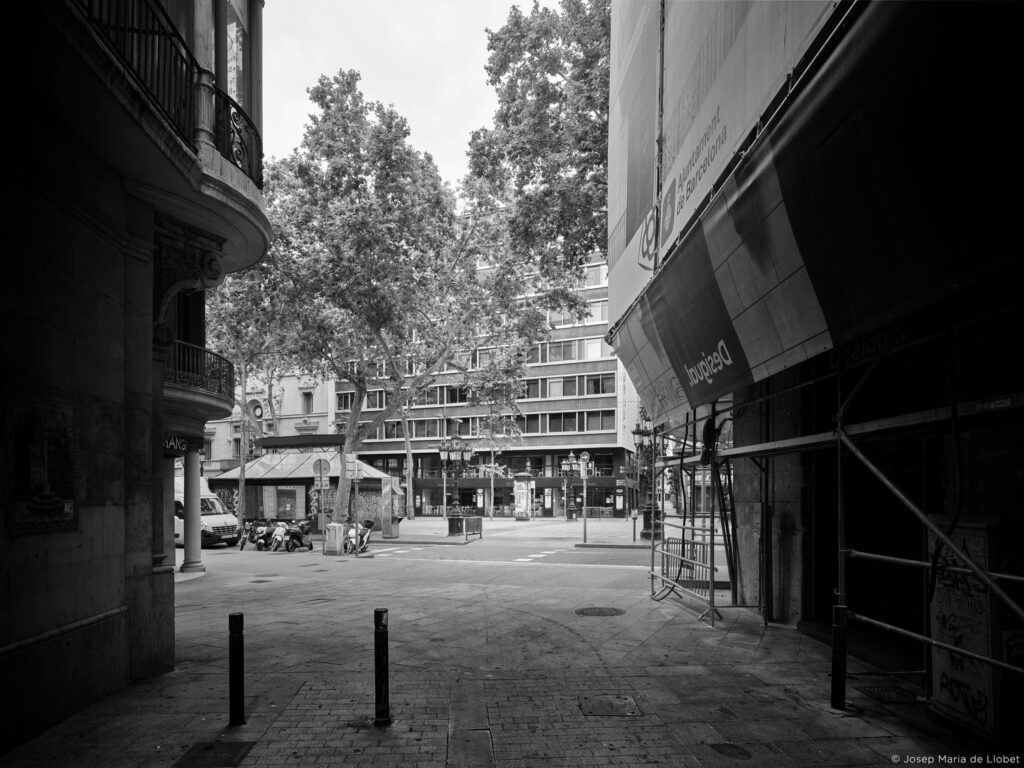
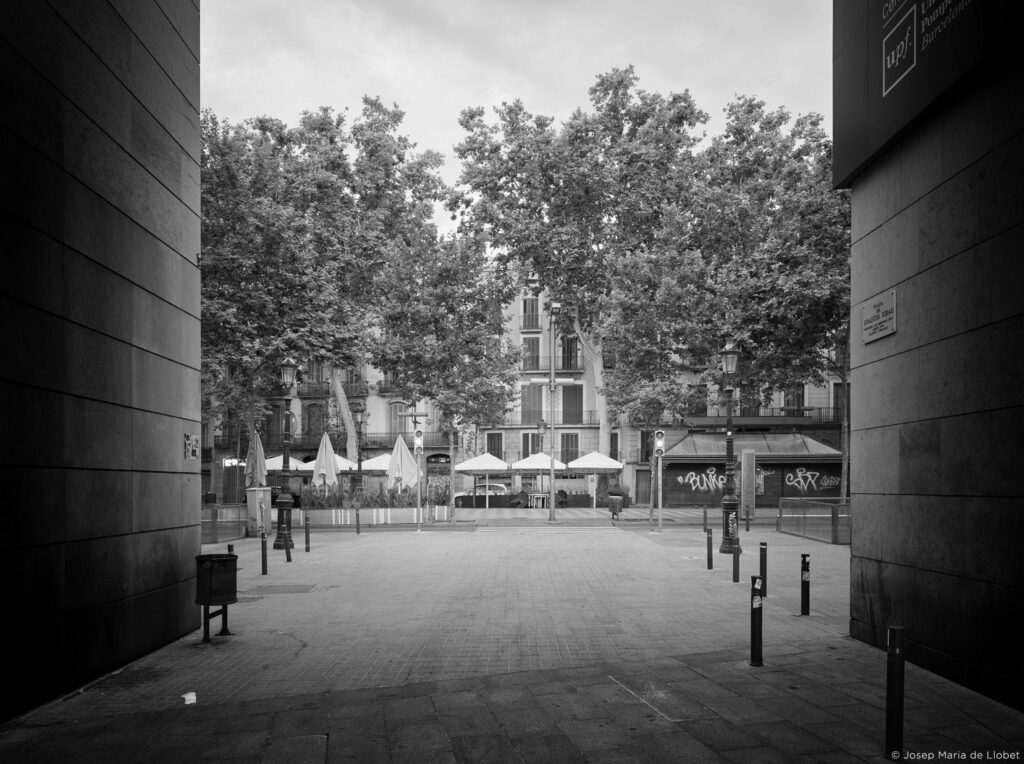
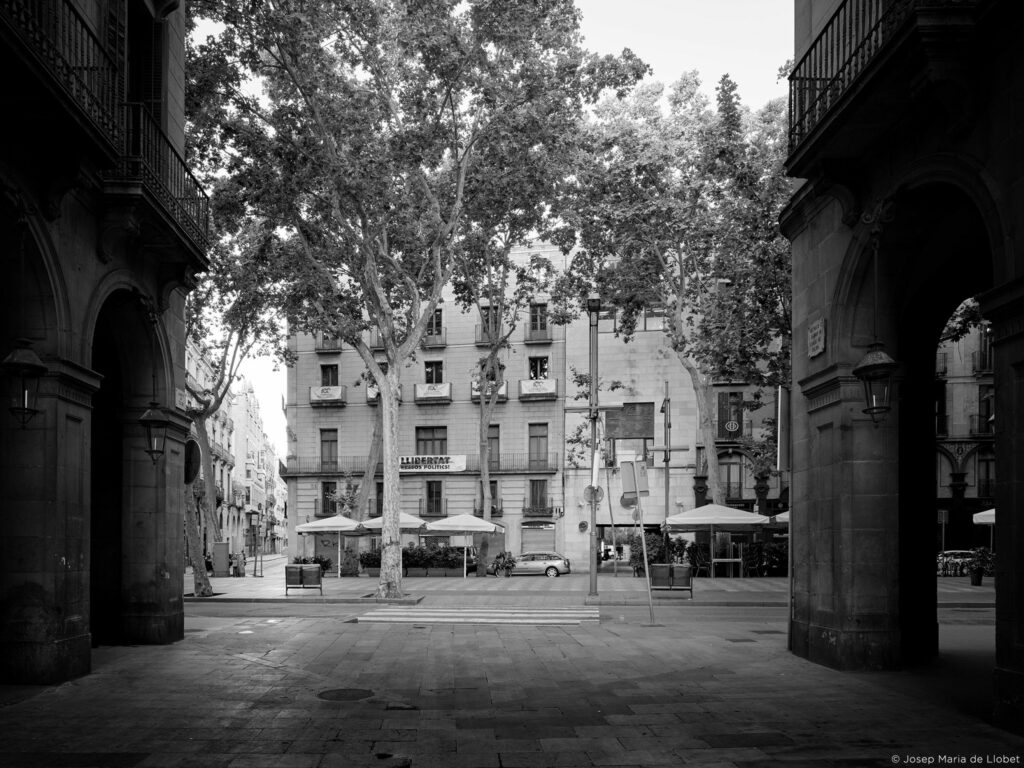
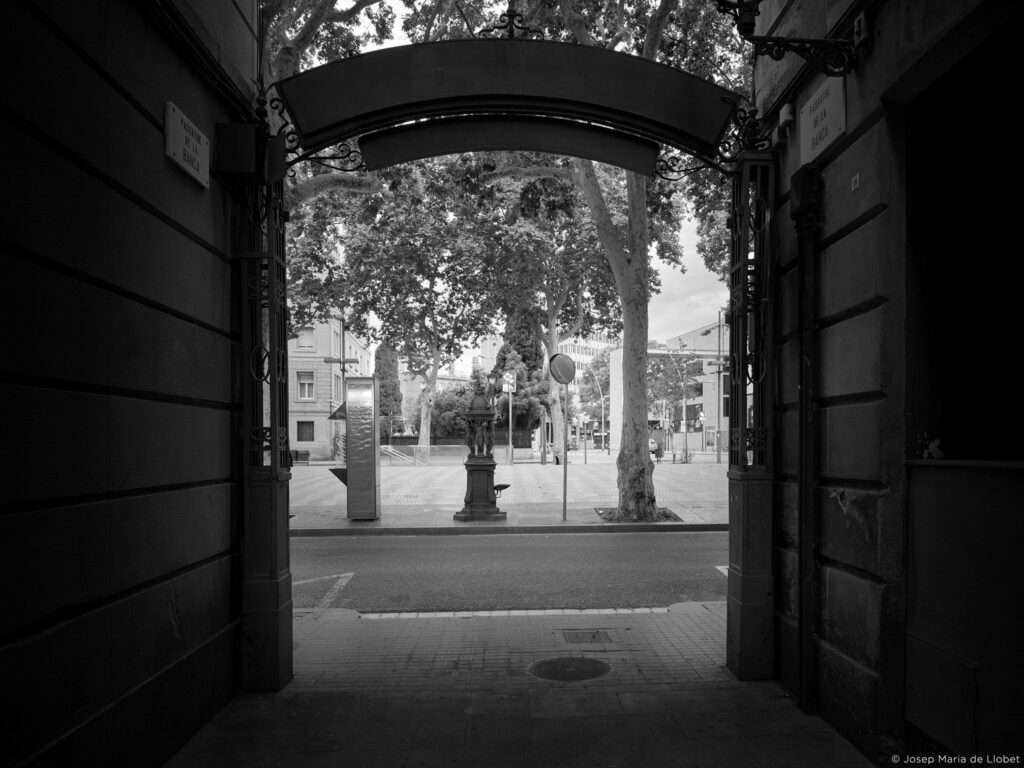
The Phase One XT camera has all the qualities that a photographer like me appreciates in his equipment
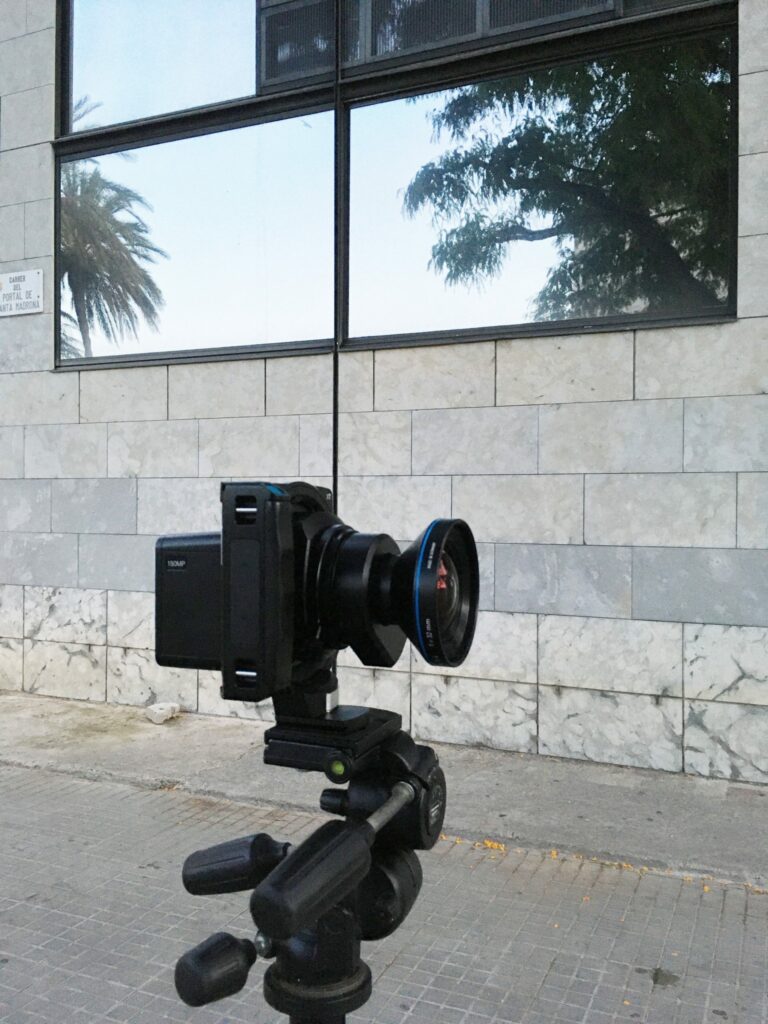
It conveys the robustness of a field camera but is as intuitive and easy to use as a digital one. The precise shift movements, on both the X and Y axes, were essential for a good job in the field of architecture or urban landscape.
The fact of working with the 150MP sensor has meant a quality in the images unthinkable for me until that moment. The sharpness and tonal range are incredible. The paradox is that I have used one of the most advanced and sophisticated technologies in the field of photography to produce timeless images. I am convinced that this would not have been possible with another camera.
I have photographed the Rambla from each of the streets that lead into it, so that we always see a fragment framed by the walls of these narrow streets, as neighbors perceive it when they approach it. The Rambla emerge at the end of these ways, empty, like a dream. It appears as an opportunity. The chance of a reunion.
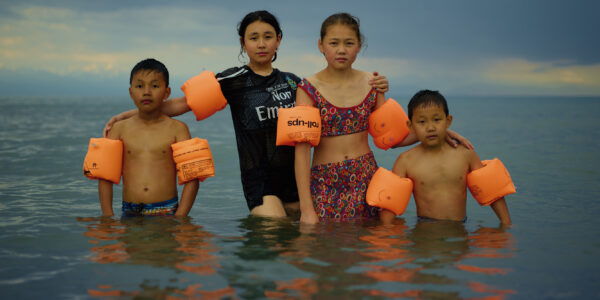
Photographer Stories
Intimacy in focus: Louise’s lens on humanity with Phase One_Part1
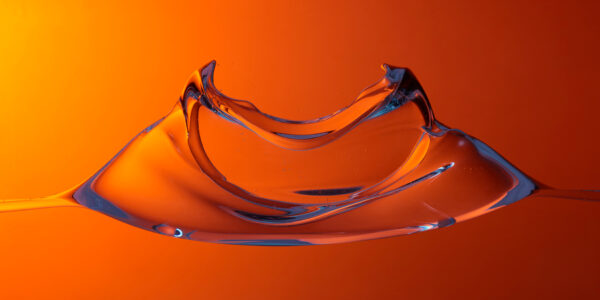
Photographer Stories
Dimitri Newman: Vision is Just the Start
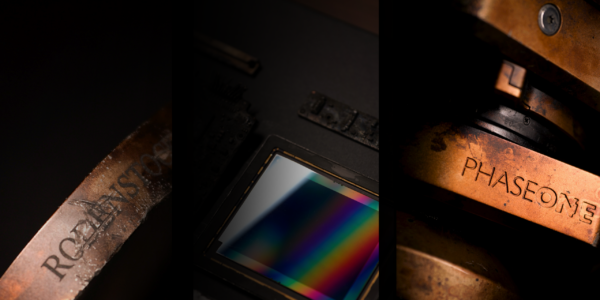
Photographer Stories
Ashes: The Rebirth of a Camera- Hexmalo
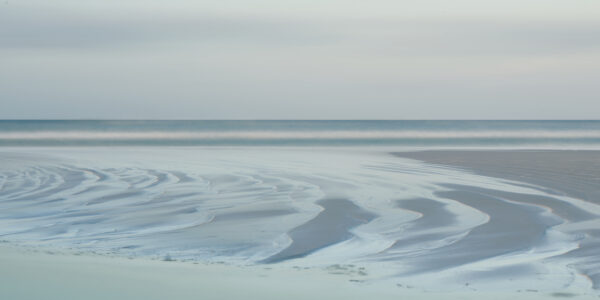
Photographer Stories
Chandler Williams: A Photographer’s Path
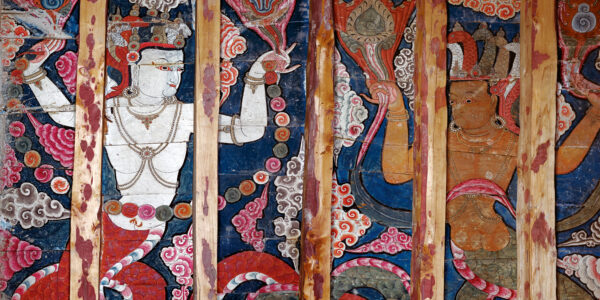
Photographer Stories
TABO- Gods of Light
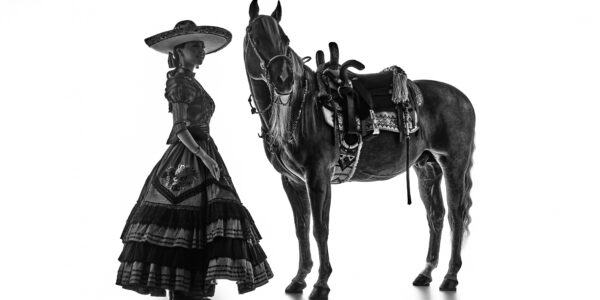
Photographer Stories
Loreto Villarreal – An Evolving Vision
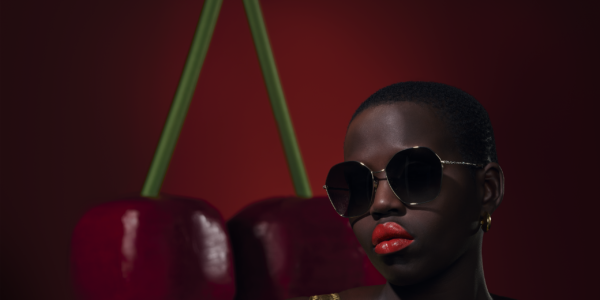
Photographer Stories
Tobias Meier – Storytelling Photography
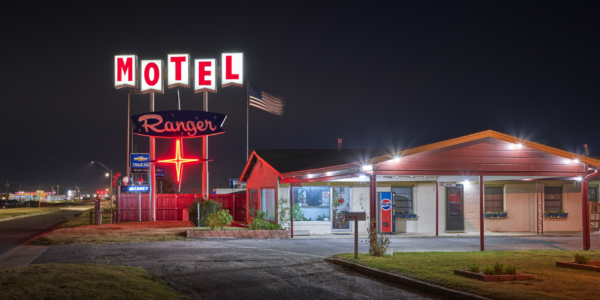
Photographer Stories
Gregory Essayan – Curating Reality
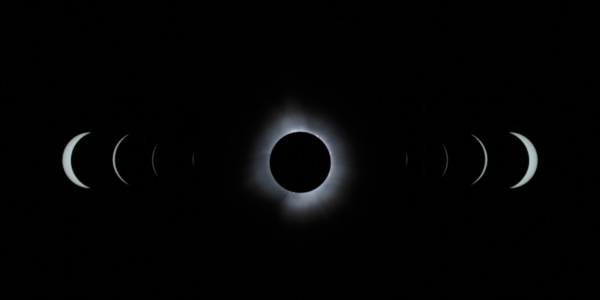
Photographer Stories
Total Solar Eclipse – Matthew C. Ng
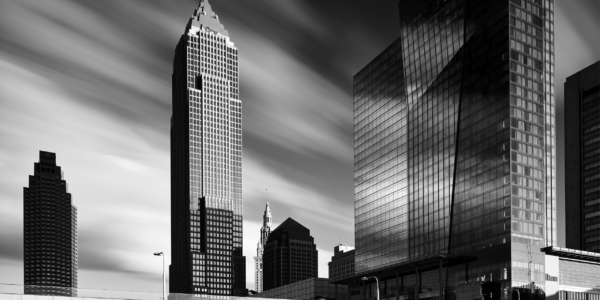
Photographer Stories
Roger Mastroianni – Frame Averaging
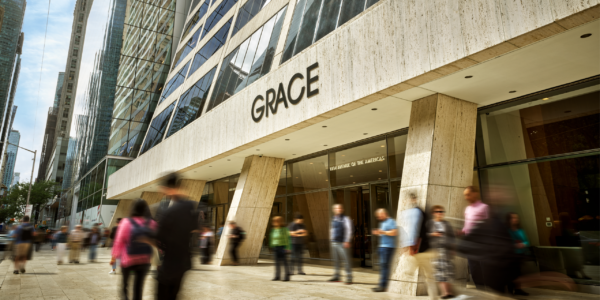
Photographer Stories
Matthew Plexman – Bringing portraits to life
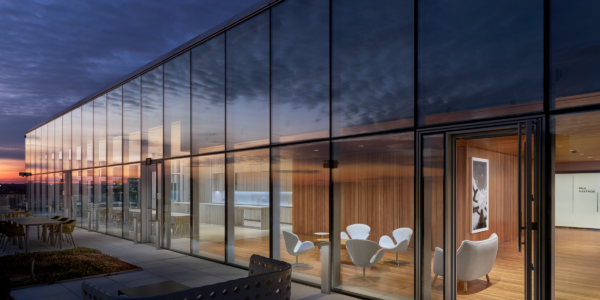
Photographer Stories
Prakash Patel – A Visual Design Story

Photographer Stories
Karen Culp – Food Photography Ideas
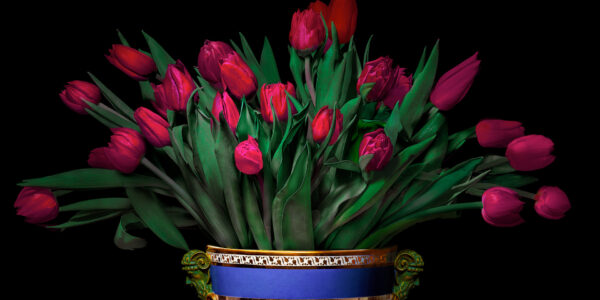
Photographer Stories
T.M. Glass: Flower portraits
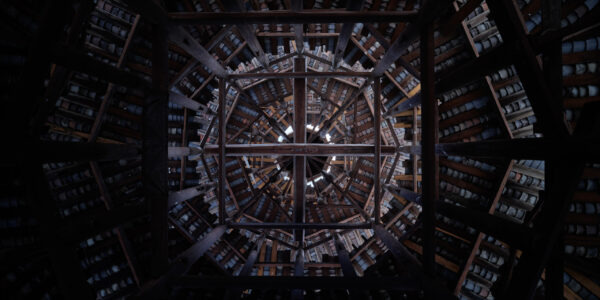
Photographer Stories
Preserving ancient Chinese buildings – Dong Village
